Richmond Water Heater Anode Rod – Location, Replacement & Upgrade Guide
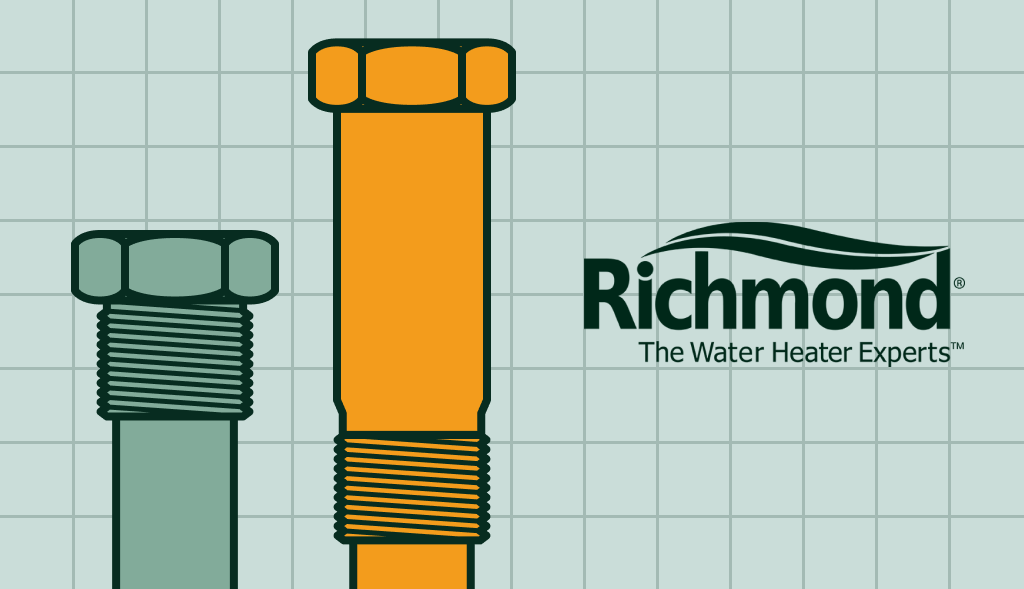
If you own a Richmond hot water tank, maintaining the anode rod is one of the most crucial steps you can take to extend the unit’s lifespan. This guide will walk you through the Richmond water heater anode rod location, how to remove and replace it yourself, and why upgrading to a Corro-Protec Powered Anode Rod is the best long-term solution.
Where Is the Anode Rod on a Richmond Water Heater?
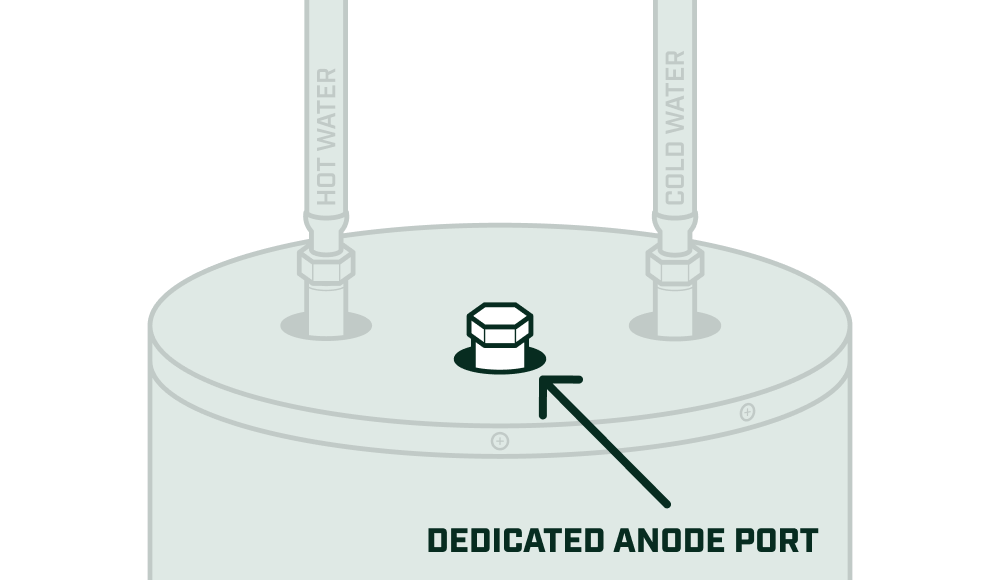

On most Richmond electric water heaters, the sacrificial anode rod is located on top of the tank. It looks like a hexagonal head recessed into the metal surface.
If you’re unsure whether your tank uses a sacrificial rod or already has a powered model, check the owner’s manual or consult Richmond’s model diagram.
How to Replace a Richmond Water Heater Anode Rod
Replacing the Richmond water heater anode rod is a DIY-friendly project. Here’s how:
Step 1
Turn off power and water supply: For electric models, switch off the breaker. For gas, turn the control knob to the pilot position. Close the cold water supply valve.

Step 2
Relieve pressure: Open a nearby hot water faucet to release built-up pressure.

Step 3
Locate and remove the rod: Use an impact wrench or a socket wrench with a breaker bar to unscrew the old Richmond water heater anode rod from the top.
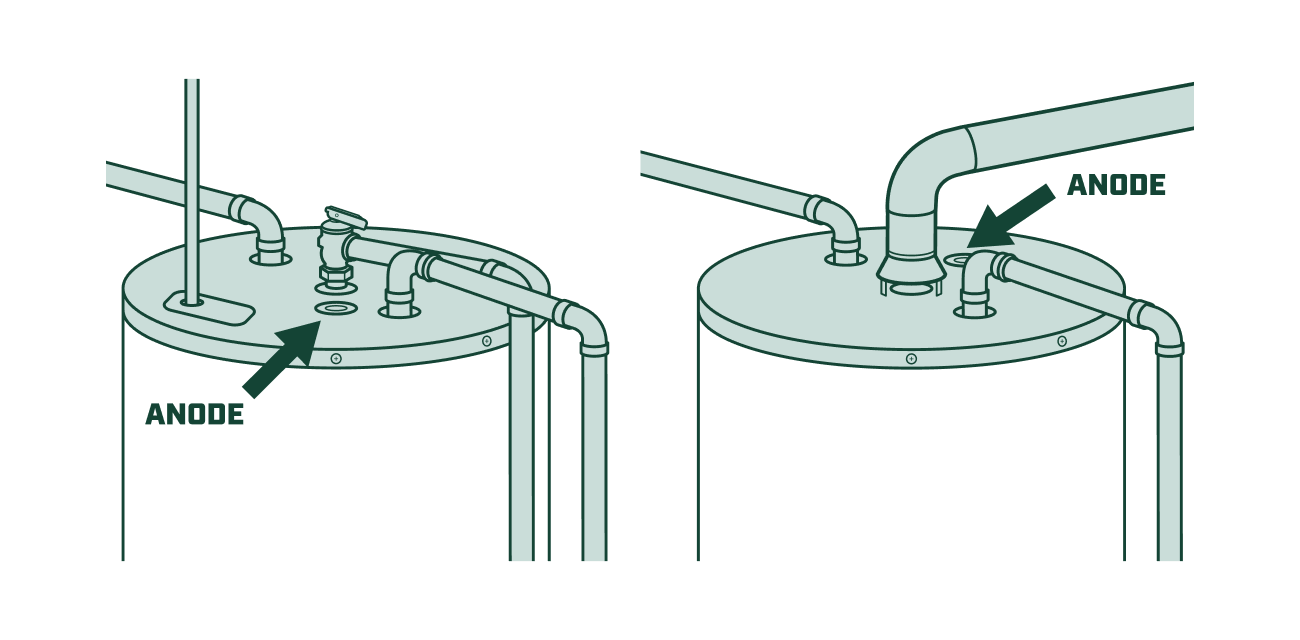
Step 4
Inspect the rod: If it’s heavily corroded, rusted, or reduced to a thin core wire, it needs to be replaced.

Step 5
Install the new rod: Whether you’re using a standard magnesium/aluminum rod or a Corro-Protec Powered Anode Rod, thread plumber’s tape onto the threads and tighten securely.
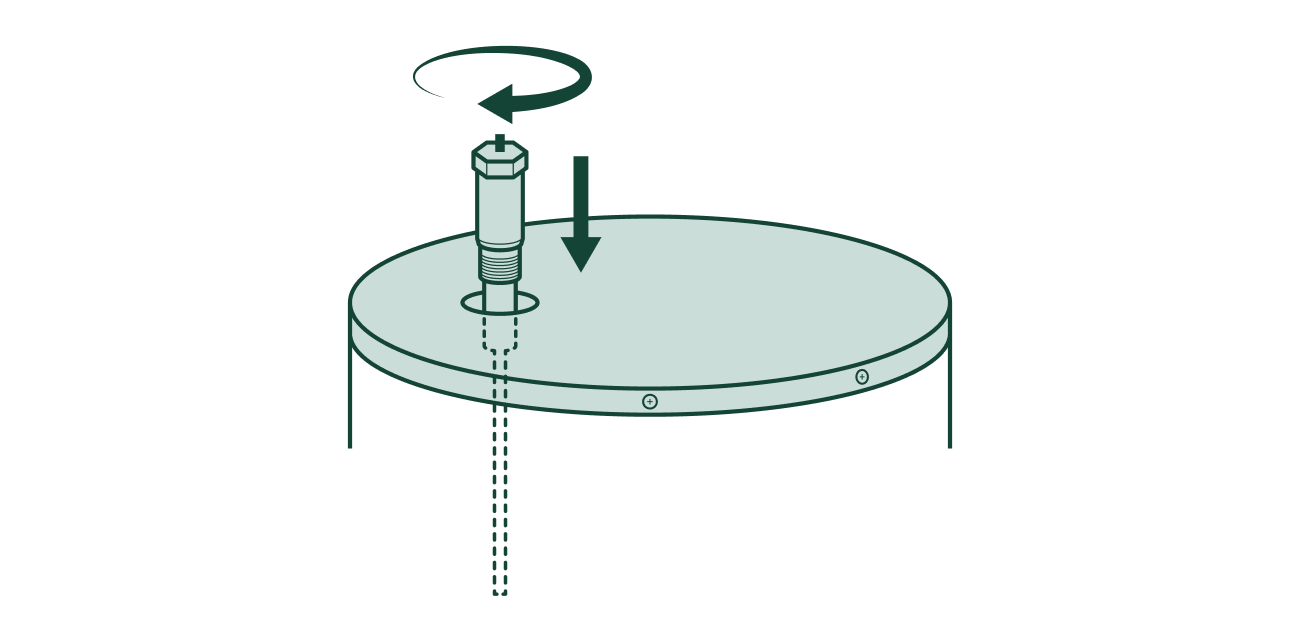
Step 6
Restore water and power: Turn everything back on and check for leaks.
For more details, click the button below:
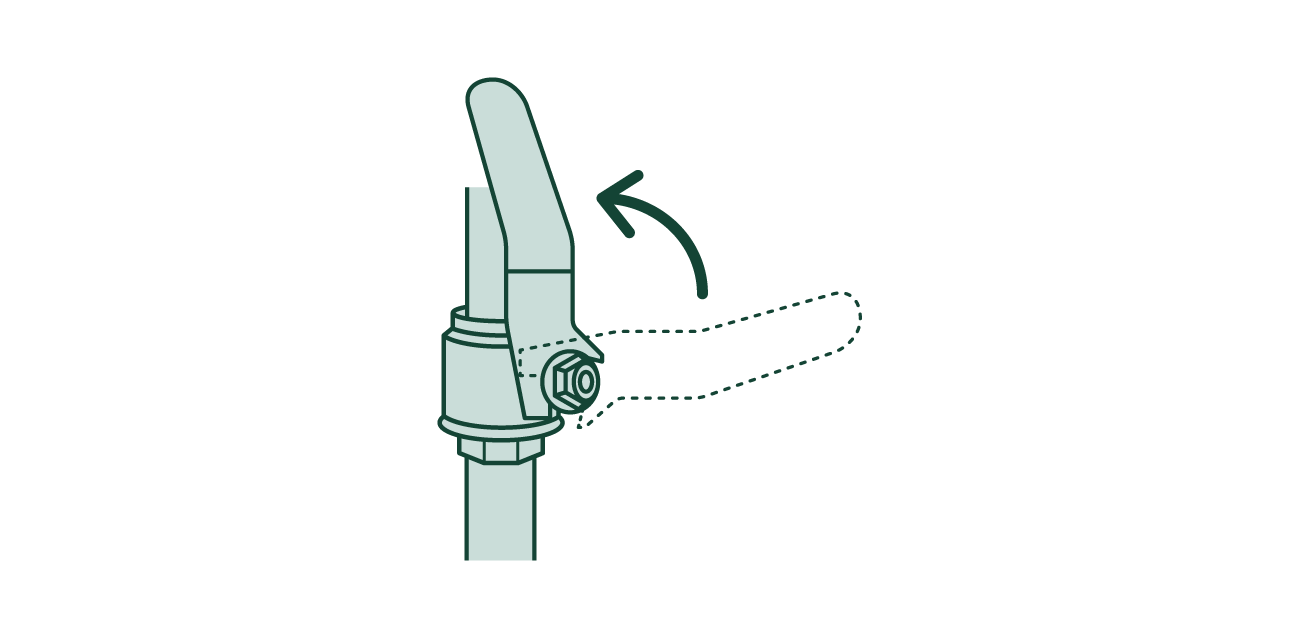
Why Upgrade to a Powered Anode Rod?
A standard anode rod needs to be replaced every 1-3 years, but this can be affected by your water quality and source. By contrast, a powered anode rod offers continuous protection without needing regular replacement. Changing the anode rod in a Richmond water heater is a straightforward process. Upgrading to a powered anode rod provides odor-free, long-lasting protection.
Benefits of upgrading your Richmond hot water heater anode rod to a powered version include:
- Long lifespan: Powered rods are designed to last over 20 years.
- No maintenance hassle: Install once and forget it—no yearly rod swaps.
- Eliminates rotten-egg smell: Stops sulfur odors caused by softener or well water within 24 hours.
- Better corrosion protection: Constant current prevents rust, extending the life of your tank.
- Universal compatibility: Works with Richmond, Rheem, AO Smith, Bradford White, and more; take the guesswork out of choosing the correct model.
Richmond Anode Rod Replacement vs. Powered Upgrade
| Powered Anode Rod | Magnesium Anode Rod | Aluminum Anode Rod(Zn-Alloy) | |
|---|---|---|---|
| Type | Titanium (Impressed-Current) | Sacrificial | Sacrificial |
| Typical Lifespan* | 25+ yrs | 1 to 3-5 yrs | 2 to 4-6 yrs |
| Lifetime Cost* | $159.99 | $199.99 to $999.99 | $209.99 to $599.99 |
| Typical Price* | $159.99 | $39.99 | $49.99 |
| Energy savings | Reduces energy bills by $40/year by preventing sediment buildup | Increase energy use due to sediment buildup | Increase energy use due to sediment buildup |
| Anode Rod Replacement |
Never |
Frequently |
Frenquently |
| Corrosion Protection |
Stops corrosion |
Failing to replace the anode rod before it’s depleted means water heater corrosion/failure will resume; regular inspection is key |
Lose their effectiveness over time. To ensure continued protection against corrosion, timely replacement is essential |
| Sulfur smell elimination | Eliminates & Prevents sulfur smell in hot water within 24 hours, no matter the cause | Can react with certain water types, producing an unpleasant sulfur smell in hot water | Can help reduce sulfur smell in hot water |
| Sediment Build-Up | Reduces sediment accumulation | Can cause sediment buildup in the tank when the anode is deteriorated | Can cause sediment buildup in the tank when the anode is deteriorated |
| Water Quality | Best for any water chemistry (soft or hard water) | Good for any water chemistry but will deteriorate more quickly in hard water | Good for any water chemistry but will deteriorate more quickly in hard water |
| Inspect | No anode rod inspection |
Hard/Well water: yearly Soft city water: every 2 yrs |
Hard/Well water: yearly Soft city water: every 2 yrs |
| Replace | No anode replacement. Controller sounds/LED alerts after ~20 yrs |
Anode rod replacement Hard/Well water: 2 to 3 yrs Soft city water: ~5 yrs |
Anode rod replacement Hard/Well water: 4 to 6 yrs Soft city water: ~5 yrs |
| Odor Notes | Ends odor completely in less than 24 hours | Can cause sulfur smell over time | Helps reduce smell, not always fully |
For a deeper dive, see: What Is a Powered Anode Rod?
Richmond Water Heater Owners: Why This Matters
Ignoring a corroded or depleted rod puts your Richmond water heater at risk of tank failure, leaks, and costly replacement.
By upgrading to a Corro-Protec Powered Anode Rod, you’ll not only solve odor and corrosion problems but also maximize your system’s lifespan with minimal effort.
FAQ
No, the Corro-Protec powered anode rod does not void your Richmond water heater warranty. In fact, Richmond considers powered anode rods to be maintenance parts that support the proper functioning and longevity of the tank.
In the United States, this is protected under the Magnuson-Moss Warranty Act, and in Canada, under the Canadian Competition Act. The only exception permitted by law is if a manufacturer offers an equivalent part using the same technology at no cost, which never happens.
The anode rod in your Richmond water heater is located on top of your tank. When you are facing the front of your water heater, the sacrificial magnesium or aluminum anode is located at the back of the vent pipe. Refer to your water heater’s user guide for more information.
Blog
Where Is the Anode Rod on a Water Heater?
If you’ve ever wondered, “Where is the anode rod on my water heater?” you’re not alone. Homeowners often feel confused and are left searching when […]
Anode Rod Socket Size: Quick & Easy Guide
Anode rods are very important in all water heaters. They keep the water tank from rusting, so your heater can last longer. But, sacrificial anode […]


